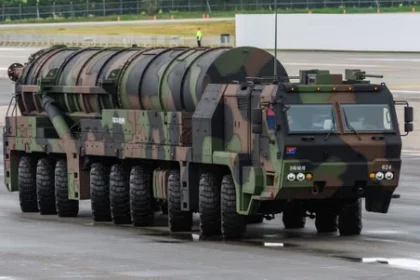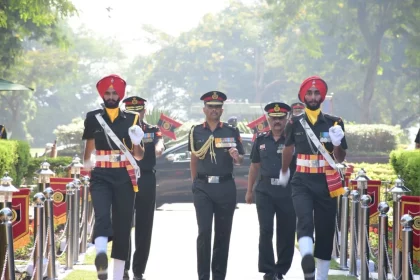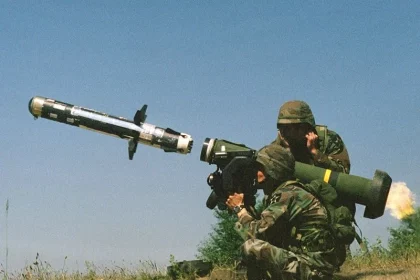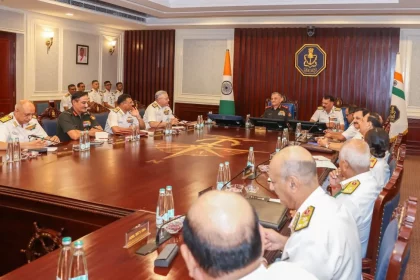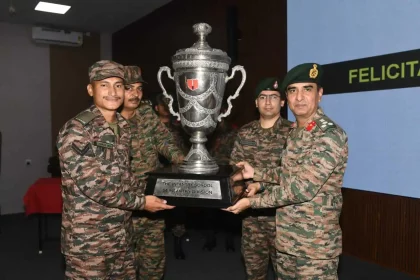South Korea Unveils Hyunmoo-5 ‘Monster Missile’ to Strengthen Strategic Deterrence Against North Korea
New 36-tonne ballistic missile enhances Seoul’s pre-emptive and retaliatory strike capabilities, signalling a major shift in regional deterrence dynamics.
Lt Gen Manoj Kumar Katiyar Pays Tribute to Bravehearts on Infantry Day at Veer Smriti
Western Army Commander Leads Solemn Wreath-Laying Ceremony Honouring the Sacrifice and Valour of India’s Infantrymen.
TATA Advanced Systems Unveils Tracked Advanced Armoured Platform – The Future Backbone of India’s Mechanised Infantry
TASL’s next-generation AAP-Tr combines modular design, digital integration, and superior protection to power India’s transition toward a modern, networked mechanised…
DRDO’s MP-ATGM Clears Trials, Set For Induction; RFP Issued for Next-Gen 4th-Gen Missile
Indigenous, infantry-portable MP-ATGM declared induction-ready after successful Pokhran trials; Army issues RFP for more capable 4th-generation system aimed at defeating…
Second Edition of Naval Commanders’ Conference 2025 Concludes in New Delhi
Raksha Mantri Commends Indian Navy’s Operational Readiness and Indigenous Capability Drive.
Naik Chandan Singh Koranga Adjudged the Best Student as Infantry School, Mhow Concludes MMG and AGL Course for Junior Leaders
Junior Leaders from India, Bhutan, Botswana, and Maldives complete advanced weapon systems course at Infantry School, Mhow; excellence awards highlight…

